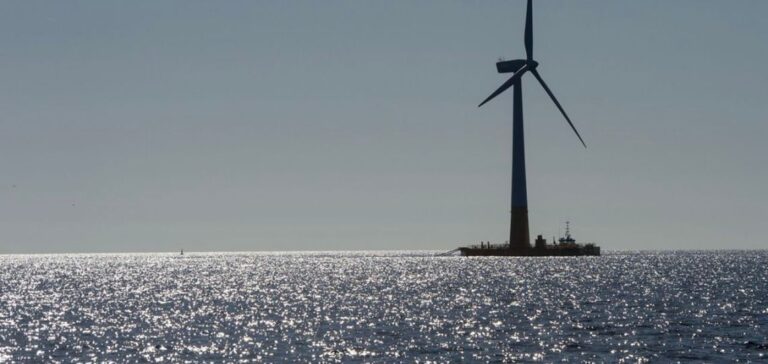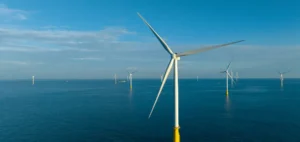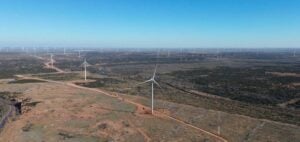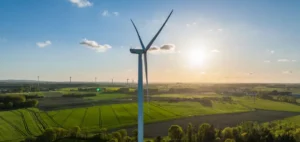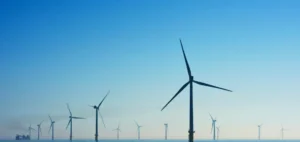Several biodiversity NGOs have asked the government to reconsider the location of a wind farm planned more than 35 km off the island of Oleron, concerned about bird conservation, in a letter made public Monday.
These eight associations ask him to “withdraw” his decision, taken in July, to launch this park called “South Atlantic”, and “to consider an implantation further offshore, outside any marine protected area and migration routes”.
“Should you decide not to withdraw this decision, our associations reserve the right to challenge your refusal before the administrative judge,” write the Association for the Protection of Wild Animals, the League for the Protection of Birds (LPO), the National Society for the Protection of Nature, and other national and local NGOs.
At the end of July, the government announced that the project would be moved away from its initial version, so as not to locate it in a natural marine park.
But the new area remains in the heart of a special protection area, which aims at the conservation of wild bird species and “considered as a functional set of high importance for marine and coastal birds of the Atlantic facade”, underline the associations.
“It intercepts international north-south migration routes,” they insist.
The project involves the construction of a seabed wind farm with a capacity of approximately 1,000 megawatts (MW), with commissioning expected in the early 2030s. It could be completed with a second park with floating or installed wind turbines.
The associations defend for their part the use of the floating wind turbine from the first project, because this technology would allow to install the wind turbines more offshore.
France is lagging behind its neighbors in the development of renewable energy, with only one offshore wind farm recently installed and scheduled to be fully operational by the end of 2022, off Saint-Nazaire.
But the government’s plans to accelerate this development, with a bill in preparation that provides in particular for a simplification of procedures, have recently come up against the fears of some biodiversity defenders.
Agnès Pannier-Runacher, Minister of Energy Transition, said last week that she wanted to “reconcile this massive development (of renewables) with the essential protection of biodiversity, with our food sovereignty and with the preservation of our living environment.

